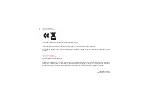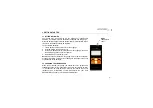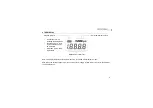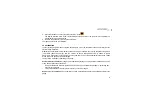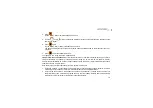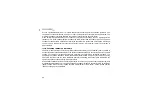
12
5.2.2 Known Velocity Calibration
If the material velocity is known, you can enter the velocity value directly into the gauge. A list of the sound
velocities of common materials is given at the end of this instruction manual.
Note: Before you start this calibration procedure, perform a probe zero.
1.
Apply a drop of couplant on the transducer and place the transducer in steady contact with the sample
or the material being tested. Be sure that the reading is stable and the repeatability indicator, in the top
left corner of the display, is fully lit and stable.
2.
Press .
On the display, M/s (or IN/µs) will start flashing on and off.
3.
Use the
and
arrows to adjust the displayed sound-velocity until it matches the known
sound-velocity of the sample of material.
4.
Press .
The display will show the thickness value calculated for the material.
5.
Press
to exit the calibration routine.
Your gauge is now ready to perform measurements.
Note: During the calibration procedure when M/s (or IN/µs) is flashing, if you press
, the factory default
sound-velocity for steel will be restored (5920 m/s or 0.2330 in/µs).
&$/
6&$1
&$/
&$/
35%


